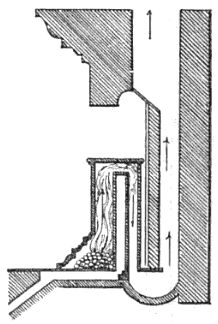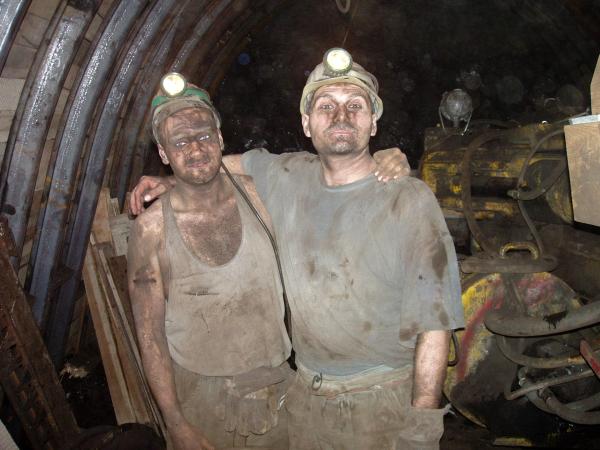In our earlier times, we heated our homes with wood – the material that warms twice, once when you cut it and again when you burn it. The limited radiation of wood-burning stoves shaped our culture regarding homes, where we might live, and how far we ultimately went to find firewood. Wood was both a fuel and a primary building material; as such, many of the European forests were decimated.
Coal, especially that found in Pennsylvania, burned hotter than wood; that is why blacksmiths adopted it. It also burned cleaner (“clean” is always a comparison). And we had coal in abundance. Despite all these benefits, there were some technical and cultural hurdles.
A need for a new technology
 To gain the advantages of coal, one needed a closed stove, not an open fireplace. So there was a high initial cost to purchase metal stoves and outfit ones home. And of course, various inventors, including Benjamin Franklin, improved on the original design to create more efficient versions. Evidently, they were challenging to ignite, so the new version allowed for top loading into an already burning source. There was also the question of logistics, getting the coal in increasing amounts from the mines to homes, and then storing it.
To gain the advantages of coal, one needed a closed stove, not an open fireplace. So there was a high initial cost to purchase metal stoves and outfit ones home. And of course, various inventors, including Benjamin Franklin, improved on the original design to create more efficient versions. Evidently, they were challenging to ignite, so the new version allowed for top loading into an already burning source. There was also the question of logistics, getting the coal in increasing amounts from the mines to homes, and then storing it.
By the mid-1800s, most of these technical challenges had found their workarounds. And the price of coal was far less than that of wood in providing the same amount of heat – one estimate put the cost at $4.50 vs. $21 for wood. Market forces now “greased” by new technologies shifted the source of home heat so that by the late 1800s, most homes were now fueled by coal.
A cultural concern
Wood-burning fireplaces had their advocates, just as they do today. There is something cozy about a crackling fire.
“Would our Revolutionary fathers have gone barefooted and bleeding over snows to defend air-tight stoves and cooking-ranges? I trow [believe] not.”
– Harriet Beecher Stowe
She was not so much a Luddite, but perhaps she wanted to cling to life as she knew it. As the demand for coal grew, the cleaner burning anthracite was replaced by more abundant and, unfortunately, far less cleanly burning bituminous coal. This was associated with more soot production, which remains a pollution concern today, although we refer to it as elemental carbon. And the use of coal was linked to several complaints, including baldness and tooth decay.
Sources: When Coal First Arrived, Americans Said ‘No Thanks’ Smithsonian Magazine




